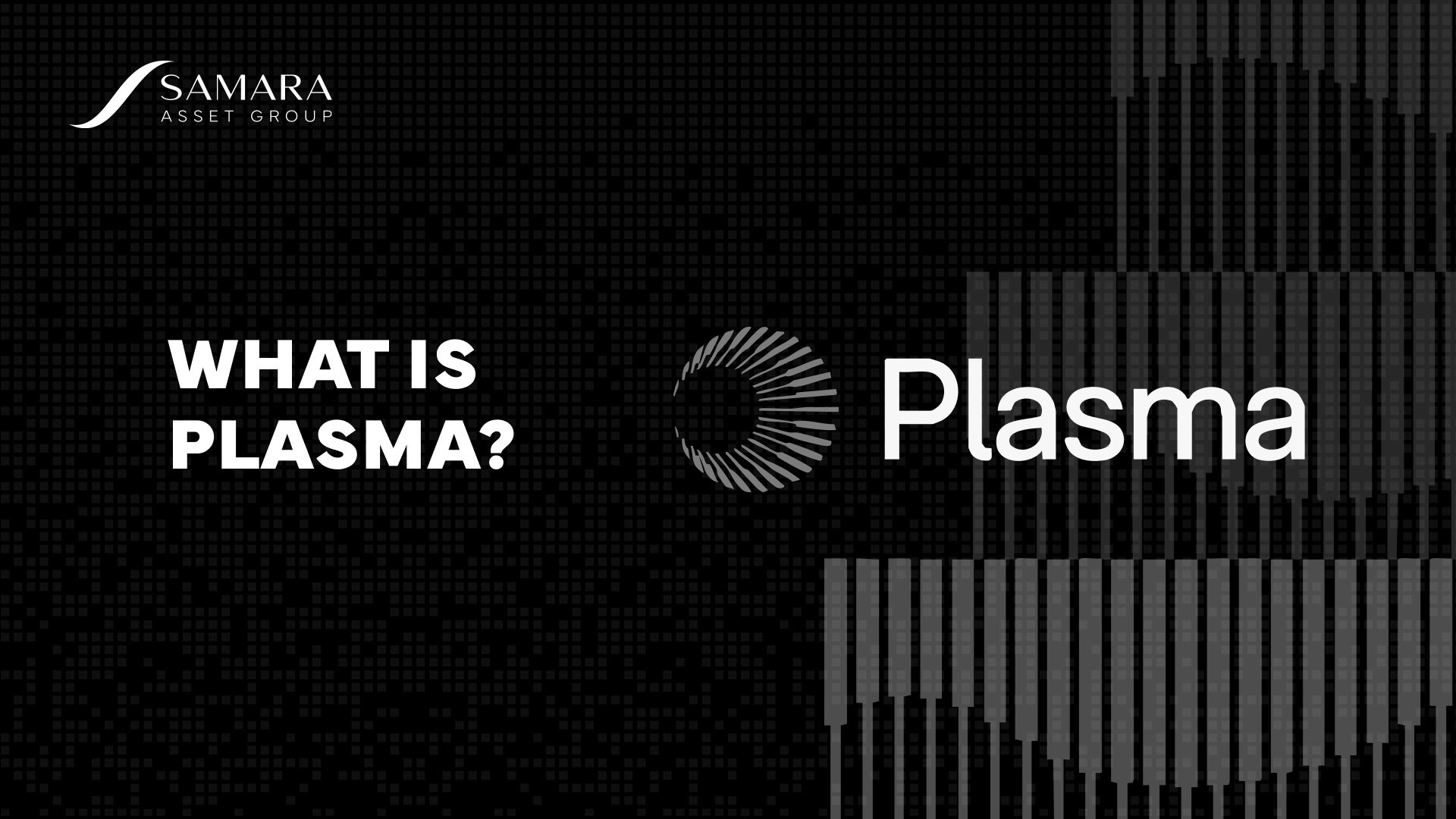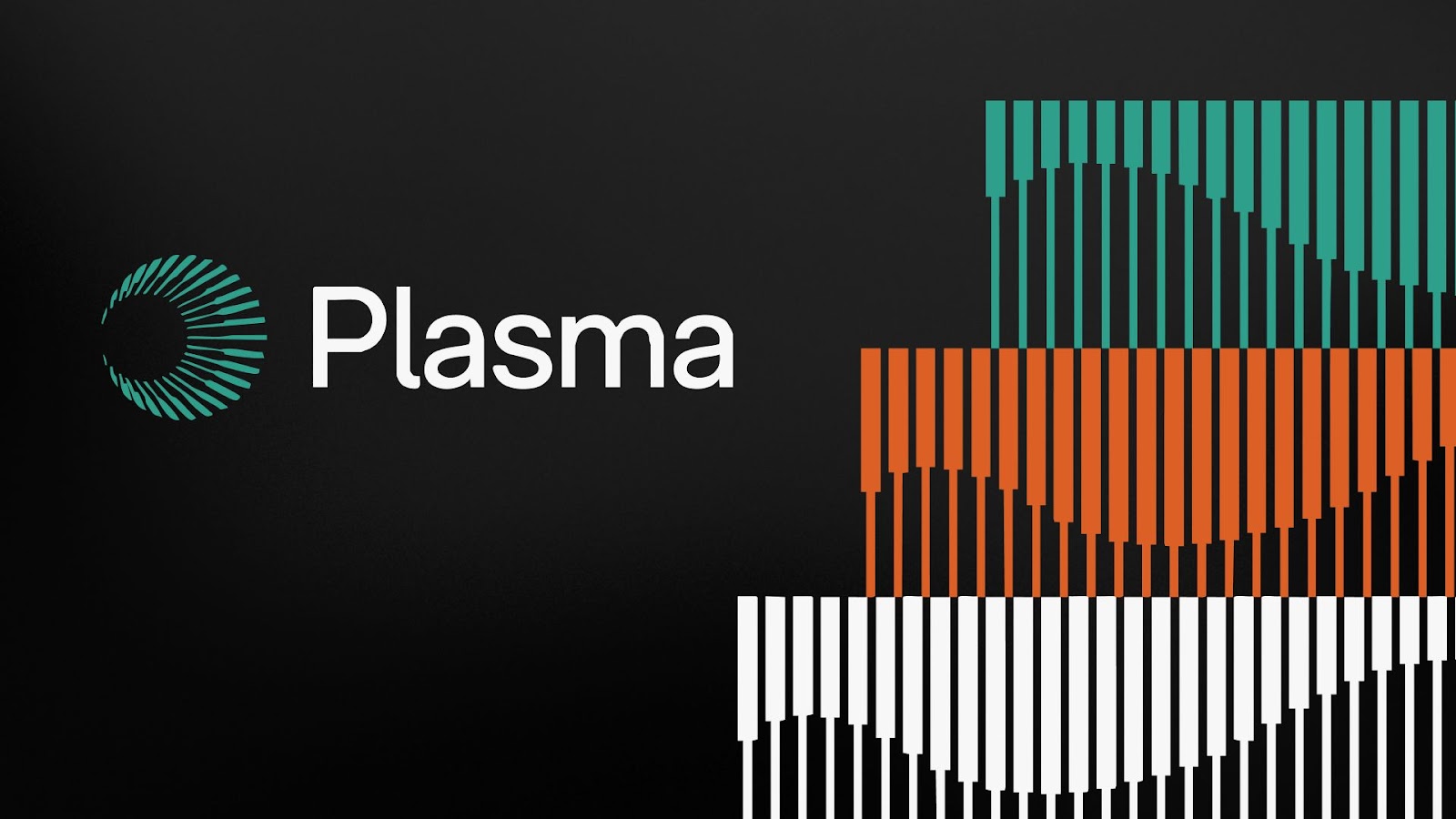Bitcoin
Bitcoin CPI
Venture Portfolio
Funds
Market Insights
Indicators
About
Contact

February 22, 2025





Bitcoin’s widespread adoption is the end goal for most Bitcoiners, and Plasma is a Bitcoin sidechain offering a stablecoin-powered approach to this.
Founded by Paul Faecks and Christian Angermayer, Plasma has raised $24 million across its Seed and Series A funding rounds, led by Framework and Bitfinex/USD₮0, to bring stablecoin adoption to billions of people.
This guide explains what Plasma is, how it works, and what it can mean for the Bitcoin ecosystem. Read on to learn more about the Bitcoin sidechain offering a USDT-first payment solution.
Plasma is a Bitcoin sidechain purpose-built to drive global stablecoin adoption, providing a scalable, efficient, and secure foundation for modern money movement.
The protocol seeks to retain the security inherent to Bitcoin while significantly increasing throughput, decreasing latency, and enabling zero-fee payments for USDT.
In its own way, Plasma is looking to shift the narrative towards U.S. Dollar and Bitcoin, instead of the Dollar versus Bitcoin.
Plasma’s main goal is to offer a more accessible, user-friendly replacement for the current most widely used global payment rails.
Bitcoin’s infrastructure is decentralized and secure, but high fees and slow on-chain transaction times limit its usability for everyday payments. Plasma addresses this by enabling fast, scalable payments with USDT while keeping Bitcoin at its core.

Operating as a Bitcoin sidechain, Plasma features a trust-minimized Bitcoin bridge and anchors state roots to Bitcoin to ensure robust security and a high level of decentralization.
Plasma combines the approaches to transactions of Bitcoin and Ethereum, including Ethereum Virtual Machine (EVM) compatibility, making it more versatile for builders looking to develop applications on Plasma.
The new Bitcoin sidechain leverages USDT as the main payment solution and its own consensus mechanism to speed up transactions while retaining the security of the Bitcoin blockchain.
Additionally, Plasma is EVM-compatible, which means developers can move dApps built on Ethereum over to Plasma with ease, making building on Plasma seamless.
The frustration with global payments stems from multiple issues like intermediaries, high fees, and built-in inefficiencies, to name a few. These are especially problematic when it comes to cross-border payments, effectively barring a huge percentage of the population from moving their money beyond their own country.
Despite many current use cases, the original purpose behind creating Bitcoin was to enable a peer-to-peer payment system that would eliminate most of these issues while also offering censorship resistance and decentralization at its core.
There have been many attempts to make Bitcoin the settlement layer for payments, and the Plasma team wants to ensure that BTC is not the only payment asset. Instead, they’re offering a solution that uses Bitcoin as a settlement layer but opts for USDT for payment flows, as it’s more stable in price and dollars might be more familiar to users.
The Plasma Network is building a scalable, zero-fee payment platform based on Bitcoin and using USDT as its main payment asset. It combines the security and censorship resistance of the Bitcoin blockchain with USDT, a popular asset with a stable price, for a well-rounded approach to moving money across the globe.
Yes, Plasma is fully bytecode-level EVM compatible, which means existing smart contracts and dApps are fully compatible with Plasma. Ultimately, this simplifies the development experience for developers coming from different EVM-compatible environments to this protocol.